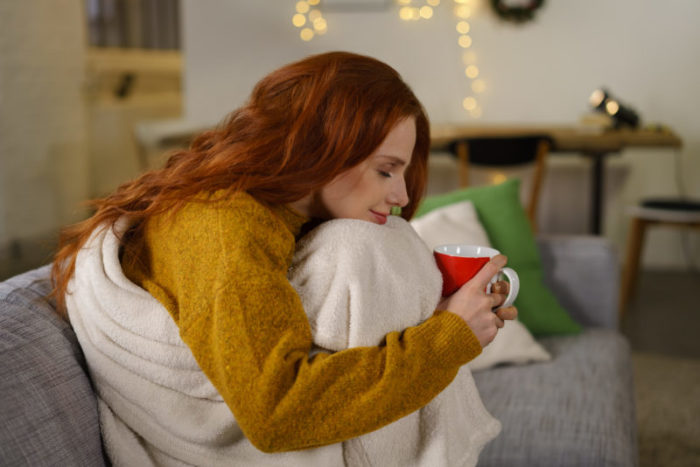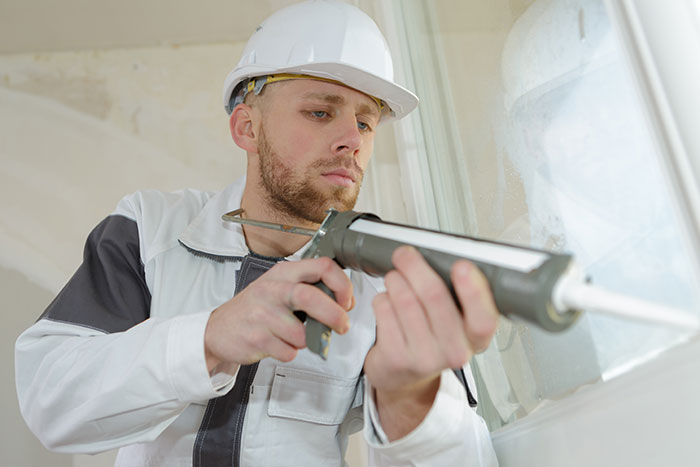There are a lot of great ideas out there for making your home more eco-friendly but what if you’re on a low budget? Fitting solar panels, replacing your appliances or triple glazing your windows may simply be beyond your means. Fortunately, there are lots of things you can do that cost very little. They’re not complicated and you won’t need special skills – you just need to be willing to make the effort.
Switch to LED light bulbs
LED light bulbs may cost more but that’s more than compensated for by the fact that they can last as long as 15 years. You can enjoy much more precise control over the colour and increased efficiency not only reduces fuel use but helps you light larger rooms more easily without putting a strain on your wiring. They’re available in all shapes and sizes to suit your existing light fittings.

Insulate your windows
If you can’t afford additional glazing you can use a thin layer of plastic to add extra insulation to your windows during winter and simply roll it away for summer storage. Fitting shutters is a great way to insulate at night and you can even get shutters for bay windows. They have the additional benefit of reducing light and noise pollution and improving your security, and you can easily paint them to suit your décor.
Insulate your floors
Most people can’t afford to fit new flooring very often where adding insulating under lay makes a big difference, but you can significantly cut down on this type of heat loss simply by adding rugs, which you can pick up cheaply in charity shops or make for yourself. Layering rugs can look very elegant (it’s a technique traditionally used in large houses) and creates especially effective insulation. Natural wool is the best fabric choice and hemp fibre is the best option for those avoiding animal products.
Heat yourself, not the whole room
Keeping the heat a little lower reduces fuel use quite a bit so instead of turning it up on chilly evenings, snuggle into a blanket on the sofa and heat your body from the inside with a nice warm drink. Use hot water bottles to warm your bed and place a woollen blanket on top to trap heat beneath the covers. You’ll be amazed by how warm this can get so test it carefully at first to find the right level and avoid overheating.

Dry clothes the old-fashioned way
There are times when spin dryers come in really handy but most of the time drying clothes outdoors on a traditional washing line is better for the clothes themselves, and it’s much more eco-friendly. If you have room you can use indoor drying racks on rainy days. Traditional ceiling-mounted pulleys are also a great solution and you can mount them over the bath if you’re worried about dripping – just remember to empty them before you start flooding the room with steam. Also there is increasing pressure on the fast fashion industry, so you could consider recycling clothes or buying sustainable cotton.
Switch to online payments
Even if you recycle diligently, paper waste adds to the burden on the environment. Simply switching to paying your bills and doing your banking online can really help to cut it down. You can also use online options as a substitute for paper catalogues or directories, and getting yourself removed from junk mail lists makes quite a difference.
Fill cracks and crevices
A surprising amount of heat escapes from most homes due to little gaps that you might not ordinarily notice. They’re particularly common around door and window frames and where pipes pass through the walls, as well as in kitchens, where mice and insects attracted by food smells make them larger. Simply taking the time to wander around your home with Polyfila and filling them in really helps with insulation.

Get planting
If you have a garden, even if it’s only small, you can do a lot to help the environment by planting bee-friendly flowers and bushes that have berries suitable for birds to eat. If you only have a paved area, use large pots and urns for planting. Even in urban areas, gardens like this make a big difference as they provide a place of refuge for animals travelling to find food or mating opportunities, helping to keep populations from becoming isolated and declining in numbers.
Taking steps like this might not seem like much but cumulatively they do a lot to lower your carbon footprint and help the environment. Don’t forget to tell friends about the changes you’ve made because if the world is going to change in time, we all need to get others on board as well as doing our bit.